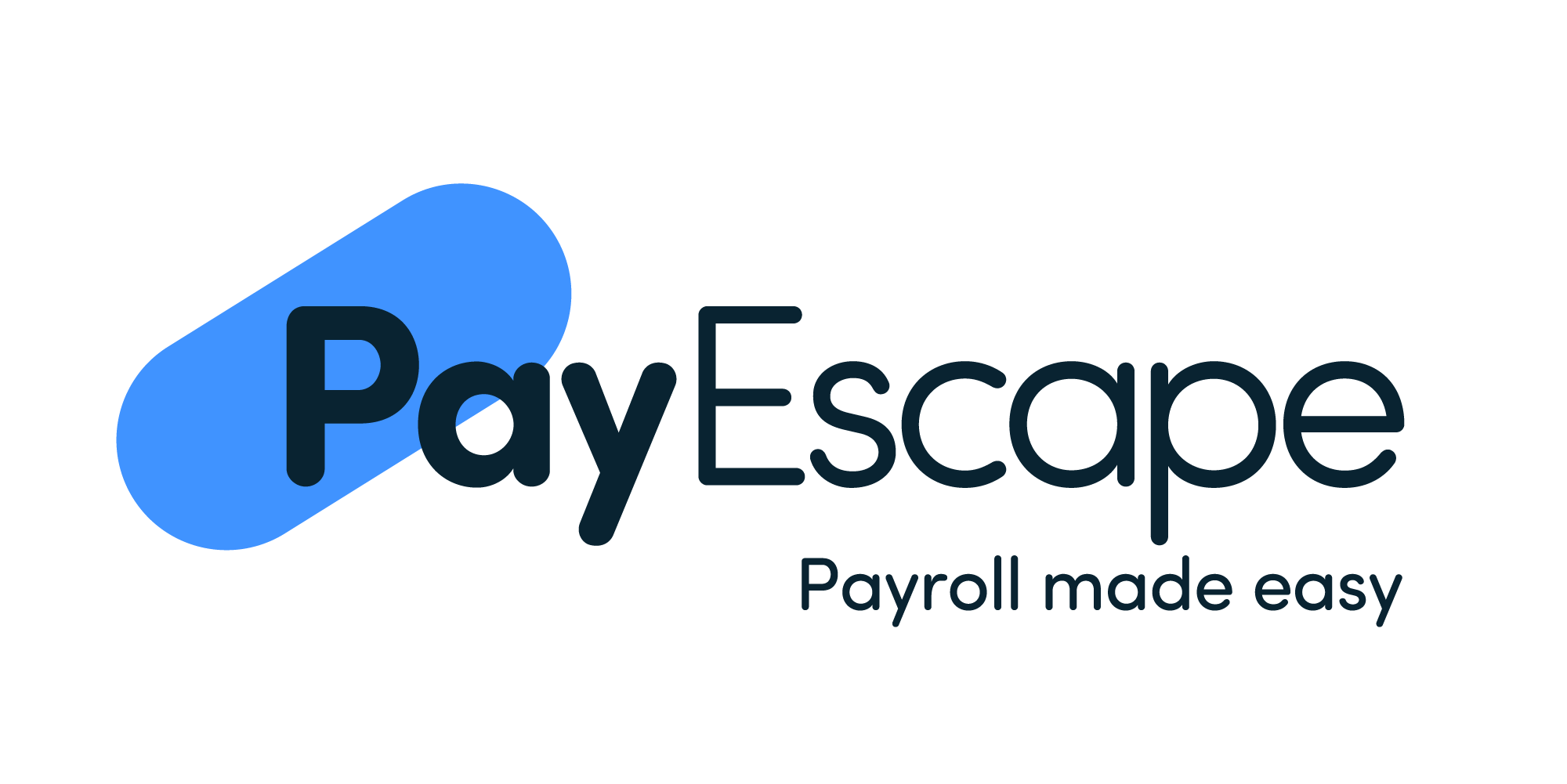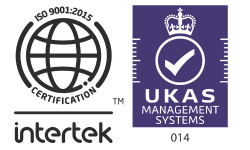What is Safeguarding?
Safeguarding in the workplace refers to the actions, policies, and procedures designed to protect employees from harm, whether physical, emotional, or psychological. It involves creating a safe working environment free from abuse, neglect, exploitation, and hazards. While safeguarding is often associated with vulnerable groups, it applies broadly to all employees, regardless of industry or role.
At its core, safeguarding is about proactively addressing risks, setting behavioural standards, and responding effectively to incidents. A strong safeguarding approach ensures that employees feel safe, respected, and supported at work. For businesses, this translates to reduced risk, higher engagement, and stronger compliance with legal responsibilities.
What Are Safeguarding Employees’ Responsibilities?

Safeguarding is not solely the responsibility of HR or leadership. Both employers and employees play a role in ensuring a safe workplace. The general duty to safeguard the health and safety of employees is legally enforced under laws such as the Health and Safety at Work Act 1974, but effective safeguarding also relies on workplace culture and individual accountability.
Employer responsibilities include:
- Creating and maintaining an effective employee safeguarding policy.
- Providing regular safeguarding and safety training.
- Conducting risk assessments and acting on their findings.
- Establishing clear reporting and whistleblowing procedures.
- Supporting employee wellbeing, including mental health.
- Employee responsibilities include:
- Following health and safety policies and reporting risks.
- Supporting a culture of respect and inclusion.
- Attending required training and being proactive about wellbeing.
- Reporting concerns about abuse, misconduct, or safety violations.
When both parties work together, safeguarding becomes embedded in everyday operations making it a safer, more enjoyable place to work.
Looking After the Health and Safety of Employees
The general duty to safeguard the health and safety of employees goes beyond physical hazards. Safeguarding must account for mental health, emotional safety, harassment, discrimination, and stress management.
Key actions include:
- Maintaining safe facilities and equipment.
- Providing mental health support and open communication channels.
- Preventing workplace bullying, discrimination, and toxic management.
- Ensuring employees are not overworked or exploited.
- Creating flexible work policies that support wellbeing.
A strong employee safeguarding policy should cover these areas clearly. Businesses that adopt a proactive approach to health and safety benefit from lower absenteeism, higher retention, and improved reputation.
Tips to Safeguard Employees at Work

Below are ten practical and strategic ways to enhance safeguarding employees at work, with explanations, supporting services or internal actions, and real-life scenarios with resolutions.
1. Develop a Clear and Accessible Safeguarding Policy
A clear accessible safeguarding policy is a written document that outlines safeguarding responsibilities, processes, and escalation routes. This ensures all employees understand what safeguarding is, how to identify risks, and how to raise concerns. It sets a clear standard and strengthens compliance.
Action:
- Create or update your policy with a HR consultancy team or gain your internal HR managers input.
- Store it on your HR platform and track employee acknowledgment.
Example: An employee reports harassment but finds no process in place for submitting complaints.
Fix: A formal safeguarding policy provides clarity, supports a fair investigation, and protects both the employee and the organisation.
2. Offer Accessible Mental Health Support
A structured wellbeing programme that includes confidential counselling, stress management resources, and open dialogue. This reduces absenteeism, increases productivity, and shows employees they are valued.
Action:
- Introduce Employee Assistance Programmes (EAPs).
- Train mental health first aiders across departments.
Example: An employee shows signs of burnout but doesn’t feel comfortable speaking up.
Fix: With clear access to mental health services, the employee can seek support early, preventing longer-term absence or resignation.
3. Implement Safeguarding Training for All Staff
Create training sessions that cover recognising, reporting, and responding to safeguarding concerns. This can help by empowering staff to identify and address risks, promote consistency, and ensure legal compliance.
Action:
- Use e-learning modules for scalability.
- Provide refresher training annually.
Example: A team leader doesn’t recognise microaggressions as a safeguarding issue.
Fix: After safeguarding training, the leader addresses the behaviour appropriately and improves team culture.
4. Create Clear Reporting Channels and Whistleblower Protections
Transparent processes for reporting concerns confidentially, with protections for whistleblowers. This encourages reporting, prevents cover-ups, and ensures problems are resolved before they escalate.
Action:
- Enable anonymous reporting in your HR system.
- Publicise the whistleblowing policy during onboarding and reviews.
Example: An employee sees a safety breach but fears retaliation.
Fix: A confidential reporting platform allows the issue to be raised safely and investigated without risk to the employee.
5. Conduct Regular Workplace Risk Assessments
Regular workplace risk assessments include ongoing reviews of the working environment to identify safety or wellbeing risks. This prevents accidents, meets legal obligations, and builds trust in employer diligence.
Action:
- Schedule assessments quarterly.
- Use digital forms for easy submission and tracking of hazards.
Example: A loose wire causes someone to trip and injure themselves.
Fix: A timely risk assessment identifies and removes the hazard, avoiding further incidents.
6. Support Safe Remote and Hybrid Working
Processes and tools to ensure remote workers have a safe and ergonomic work setup. This prevents injuries, reduces stress, and supports equality for hybrid or remote staff.
Action:
- Offer remote workstation assessments.
- Provide support budgets for chairs, desks, or screens.
Example: A remote worker develops wrist pain due to poor desk setup.
Fix: A virtual ergonomic assessment results in appropriate equipment being provided and prevents long-term health issues.
7. Promote a Speak-Up, Respect-First Culture
This means encouraging openness, respect, and accountability across the workforce. Early resolution of issues, greater trust in leadership, and a more inclusive culture.
Action:
- Include “Speak-Up” behaviour in performance evaluations.
- Provide confidential HR feedback sessions.
Example: A junior staff member experiences exclusion from a project but fears speaking out.
Fix: With clear cultural expectations and a supportive manager, the issue is raised and resolved constructively.
8. Ensure Diversity and Inclusion are Embedded in Safeguarding
Safeguarding strategies that include race, gender identity, sexual orientation, disability, neurodiversity, and more. This builds belonging, reduces discrimination, and supports compliance with the Equality Act 2010.
Action:
- Carry out inclusion audits.
- Provide D&I workshops and allyship training.
Example: A neurodivergent employee is excluded in team conversations.
Fix: Inclusive training helps colleagues adjust communication styles and the employee is better supported through structured routines.
9. Establish Clear Emergency Protocols
Emergency procedures for fire, illness, violence, or other workplace incidents. This helps with reducing chaos, saves lives, and ensures legal compliance.
Action:
- Conduct regular fire drills and first-aid training.
- Display evacuation plans and emergency numbers prominently.
Example: A medical emergency occurs in a meeting room and delays cause distress.
Fix: A trained first aider responds immediately, and the emergency plan is executed smoothly.
10. Monitor Management Behaviour and Hold Leaders Accountable
Formal checks on how managers treat staff, with safeguarding responsibilities built into leadership KPIs. This prevents power misuse, encourages ethical leadership, and supports positive team dynamics.
Action:
- Use anonymous 360-degree feedback tools.
- Provide leadership coaching through external consultants.
Example: A manager consistently overworks staff, leading to burnout.
Fix: Leadership coaching helps adjust expectations, and HR reviews ensure that safeguarding obligations are prioritised in performance reviews.
How HR Consultancy Services Can Help

For many organisations, especially SMEs, implementing effective safeguarding can be complex. Working with a professional HR consultancy service brings in specialist knowledge, improves efficiency, and reduces legal risks. Here’s how consultancy support can make a tangible impact:
Safeguarding Policy Development
HR consultancy services help create or review safeguarding policies tailored to your business. These policies ensure you’re legally compliant, clearly communicate expectations, and fit your company culture. This reduces legal risk, saves internal time, and shows you’re committed to best practice.
Safeguarding and Mental Health Training
Consultants deliver safeguarding and mental health training so staff know how to identify harm and respond properly. This builds confidence, reduces HR risks, and supports employee wellbeing. It also strengthens team resilience and leadership capability.
Crisis Management and Incident Support
In serious safeguarding cases, consultants guide you through investigations, reporting, and response. This helps manage incidents quickly, stay compliant, and avoid mistakes. It protects your operations and reputation while ensuring legal accuracy.
Leadership Development and Behaviour Audits
Consultants offer coaching and audits to improve leadership behaviour and prevent toxic work environments. This improves accountability, reduces staff turnover, and keeps management aligned with company values.
Business Change and Policy Implementation
During restructures or growth, consultants help you embed safeguarding into the wider business. This ensures smoother transitions, prevents oversights, and keeps employees engaged throughout the change.
Digital Safeguarding Tools and Automation
Consultants can implement digital systems for safeguarding reporting, training, and tracking. These tools make processes faster, support hybrid teams, and provide clear audit trails for better decisions and accountability.
Conclusion
Safeguarding employees is more than a regulatory requirement, it’s a strategic imperative. By developing a strong employee safeguarding policy, implementing practical safety measures, and partnering with expert HR consultancy services, organisations can foster safer, more inclusive workplaces.
From mental health to emergency preparedness and leadership behaviour, safeguarding touches every part of your business. Prioritising safeguarding employees protects your people, and your future.














